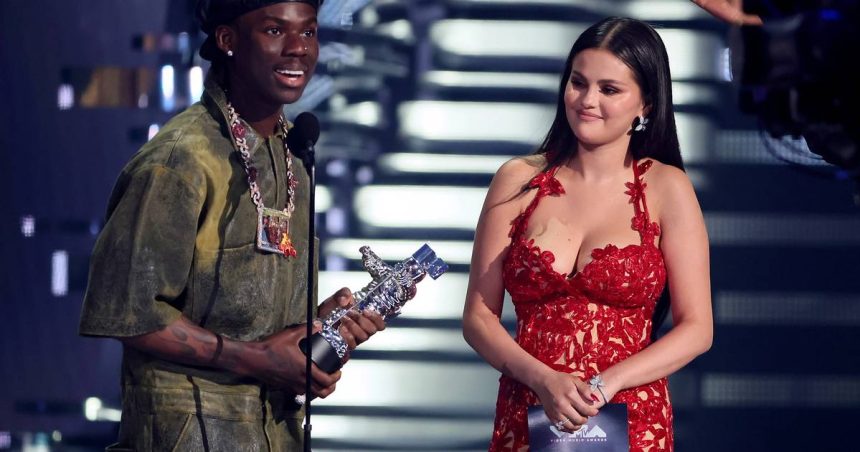Wake up, babe, new subcultures just dropped.
Gen Zers can be hard to understand, making them tricky for marketers to target using traditional demographics. In fact, their “fluid and fragmented interests will make traditional audience segmentation obsolete,” according to Horizon Media.
So the media agency’s Why Group intelligence center and affiliated social content agency Blue Hour Studios teamed up to put together their second-ever field guide to Gen Z subcultures, outlining 10 new subcultures marketers can use to engage with that group based on analysis of content, surveys, and interviews. We broke them down below.
- Nu third-culture kids: Almost half (47%) of adult Gen Zers identify as “third-culture kids,” defined as “young adults raised in a culture other than that of their parents.” Brands looking to connect with members of this subculture should look to support individuality and self-expression and consider the “diverse needs and tastes” of the group when developing their products and services, Horizon recommended.
- Culinary root remixers: This group is based around a mutual appreciation of food from around the world, embracing traditional recipes while “remixing ingredients for modern dietary needs.” Think influencer Cassie Yeung, who was a contestant on Next Level Chef and has almost 3 million TikTok followers. This group appreciates creativity while cooking, according to the report, so culinary brands might tap them to help promote new products and services.
- Ability heroes: This group of Gen Zers share their experiences with different physical or mental conditions on “face-forward” platforms like TikTok and Instagram Reels. They show support for brands that offer inclusive products, which means that brands, the report suggests, could find favor with this group through things like sensory-optimized spaces or by partnering with creators and influencers from the group to promote relevant products.
- Comfort creators: These are self-care creators who put out content designed to ease the minds of their viewers, providing a “more tranquil digital experience” for those Gen Zers who have grown up bombarded by screens. Brands looking to court this group might look to “cultivate serene spaces for undistracted moments of calm,” the report suggests.
- Alternate-reality gamers: This group plays “multi-player, real-time mystery games” that usually include “eerie” stories that have online and IRL elements. Almost three-quarters (72%) of Gen Z adults “are drawn to content or experiences that involve investigation, solving clues, or finding Easter eggs,” per the report, and brands can team up with companies in the gaming space to engage with this subculture.
- TALE-gaters: These sports-focused Gen Zers prefer content that goes beyond the action on the field, like behind-the-scenes looks at athletes and other sports-adjacent content. That can attract wider audiences to sports fandom, thus “creating ripe opportunities for brand participation across categories,” the report found.
- Gameday traders: This group, a “distant cousin” of crypto traders, according to the report, contains Gen Zers who play fantasy sports with the hopes of building their bank accounts, invest in collectibles like trading cards and NFTs, and follow creators who help teach them how to better do all the above. Brands can appeal to them by offering collectibles or rewards, according to Horizon.
- Copyconomists: Yes, there’s a whole subculture around dupes. Almost two in three (64%) of Gen Z adults said they’re “always on the hunt for lower-cost, replica items,” according to Horizon. Brands looking to target a “broader, budget-conscious audience” might want to consider working with creators from this group.
- Afrobeats celebrators: These are fans of Afrobeats, “an eclectic mix of sounds born in Nigeria and Ghana” that has made a splash in the US on radio stations and social media. The VMAs added an Afrobeats category this year, and one of the most popular songs of the summer—”Calm Down” by Rema featuring Selena Gomez—falls in that genre, so brands looking to music for marketing might want to pay attention.
- Country revivers: Another music-based group, this one is centered on westerns and country music, which are both having a moment with more diverse artists and fans in the mix. Brands can get in on the trend “by leaning into contemporary values” like “lightheartedness, positivity, and inclusivity,” according to the report.
Read the full article here










